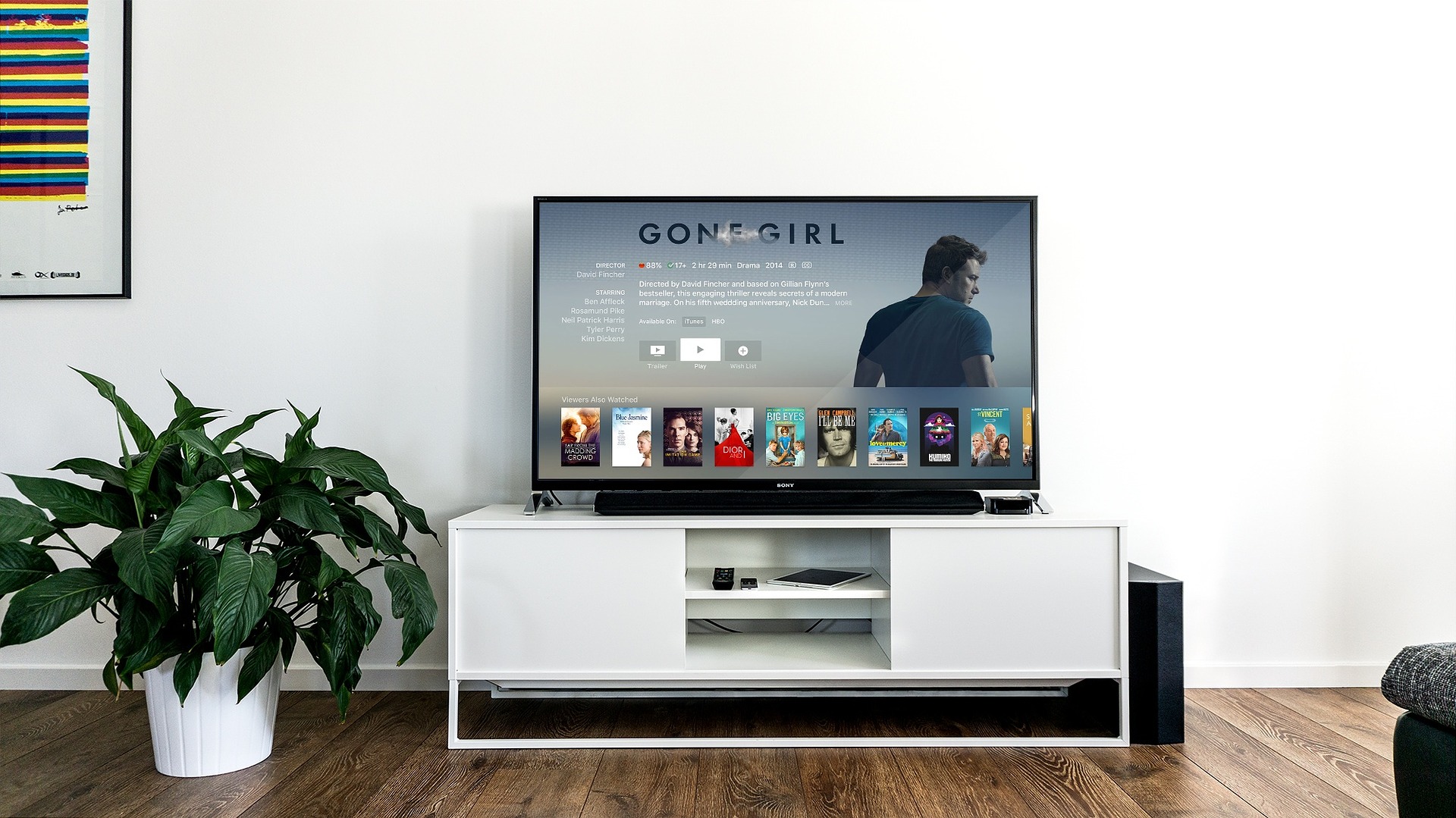4 easy ways to tell when it’s time to replace it.
A home entertainment system is pretty common these days. It not only adds a sense of luxury to your house, but it also lets you watch a movie in the comfort of your own house. Installing a home theater system takes considerable research, effort, and money. When designing a full-fledged home theater system, there are several factors to consider, such as speaker quality, screen size, room type, lighting, seating, and so on. Similarly, most people are not sure when it is the best time to replace their home theater. This is especially true when one of their favorite manufacturers releases a “new” and “improved” replacement model for a component they own.
Is it conceivable for the next-generation device to be that much better, especially with today’s short product life cycles for electronics?
The reality is, MOST OF THE TIME, IT DOESN’T. People are usually too quick to jump on the promise that anything new has to be “better” without first considering what they could do with their existing room or set up to get more out of their home theater system. In this article, we will try to assist you to make more informed purchase decisions by telling you when it’s time to replace your home theater system.
4 easy ways to tell when it’s time to replace your home theater
The heart and soul of a home theater system are certainly the AV receivers. With all of the current advancements in home theater technology, it’s best to upgrade your receiver as frequently as your budget allows. Even though your AV receiver is still in good condition, there are signs that it’s time to change to a new one. My main reasons for upgrading a home theater system are as follows.
1. You are running short on or don’t have the new type of input connections.
Multiple inputs on home theater receivers are nothing new. The variety of devices present in a home theater system is novel. For example, you may have many HDMI devices that each need their own input connection. This is particularly true if you have 4K capable devices, several gaming consoles, and maybe 3D capable equipment. Other devices, such as a PC, record player, CD player are not included. While the number of input connections is largely dependent on the number of devices, experts recommend a minimum of four HDMI inputs. Similarly, doing so will assist in future-proof your system for any more devices you may purchase in the future.
2. You want to make the switch to a multi-room audio and video setup.
This point isn’t for the casual home theater user, but it’s a good way to progress from novice to advanced tech enthusiast. Multi-room capabilities used to be reserved for the most advanced systems, but it’s now more accessible than you might imagine. Multi-room (or multi-zone) media is exactly what it sounds like: the ability to play media from your home theater system in rooms other than the one in which it is installed. Your receiver will require zone outputs to do this. This effectively allows you to connect speakers in other rooms to your home theater and play media from there. This can be done with both audio and video, but the complexity of your setup will depend on how much effort you’re willing to put in.
3. You’re looking for more from your speakers.
Surround sound is arguably the most important factor in determining to build a home theater. It’s worth looking into getting more out of your system once you’ve become comfortable with the technology. Unless you designed your home theater from the bottom up with the most up-to-date information, it’s quite possible that you can get more from your speakers. You can better balance the audio in your home theater with more complex equalizer settings. A home theater with a high power output will allow you to get more volume out of your speakers while reducing the risk of distortion. With a more advanced receiver, you may bi-amp your speakers, giving each speaker two channels of power.
4. Wireless streaming is missing.
Although this isn’t a strong reason to upgrade, we can all enjoy the simplicity of wireless music streaming. Even if your home theater is mostly for watching movies, having a good Wi-Fi streaming setup is beneficial when you have guests around. Similarly, Bluetooth technology is advancing at the same rate as other home theater technologies. Bluetooth 5.0 is the most recent version, and it offers faster connections and more devices with connectivity. If you’re looking to upgrade your receiver, don’t compromise for anything less than Bluetooth 5.0.
There are various reasons why you would want to upgrade your home theater system. However, finding the balance between wanting to keep using your old interface and buying piece of new technology under the sun can be difficult at times, but the principles presented here hopefully assists you in doing so. If you currently have a good, modern 5.1 home theater that decodes lossless audio and supports all of your HD audio and video sources, make sure you optimize it before changing out or adding more components or adding more speakers in the space as this can just make things worse. Our home automation and smart home Eggsperts can help with getting your current speaker placement and room acoustics setup just right. This will typically have a significant impact on sound quality, or will determine if it’s time to consider upgrading AV equipment, speakers, and especially cables.
Contact EggHead IT today to get started with a custom In-Home Technology Consultation! Our Home Theater Eggsperts are standing by to help answer your questions.
Call us at (760) 205-0105 or email us with your questions!


Responsible For An Onlyfans Pornstars Budget? 12
Top Notch Ways To Spend Your Money pornstars
The Porn Star Awards: The Most Sexiest, Worst, And Weirdest Things We’ve Ever Seen premium